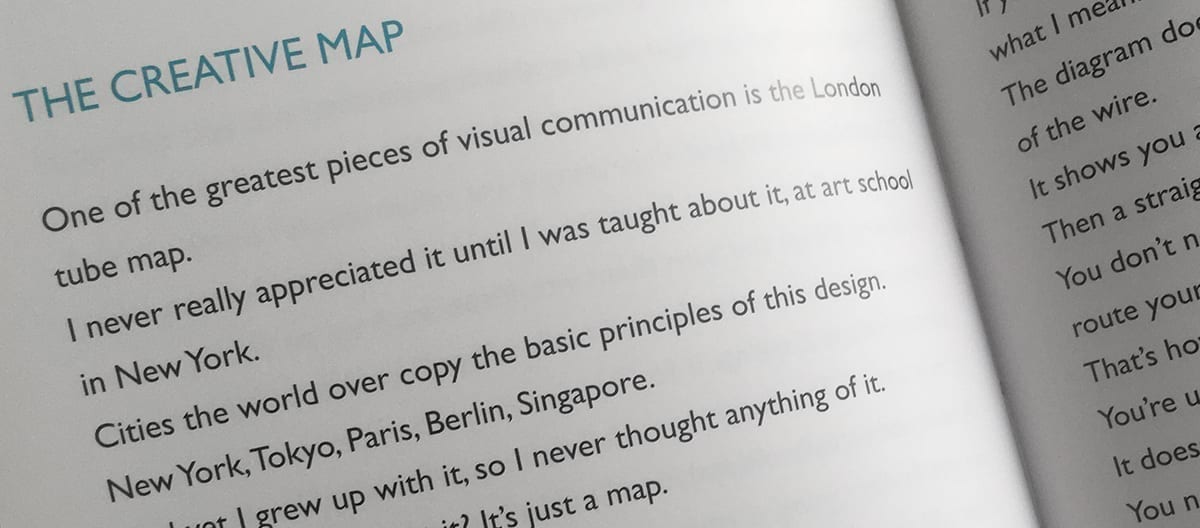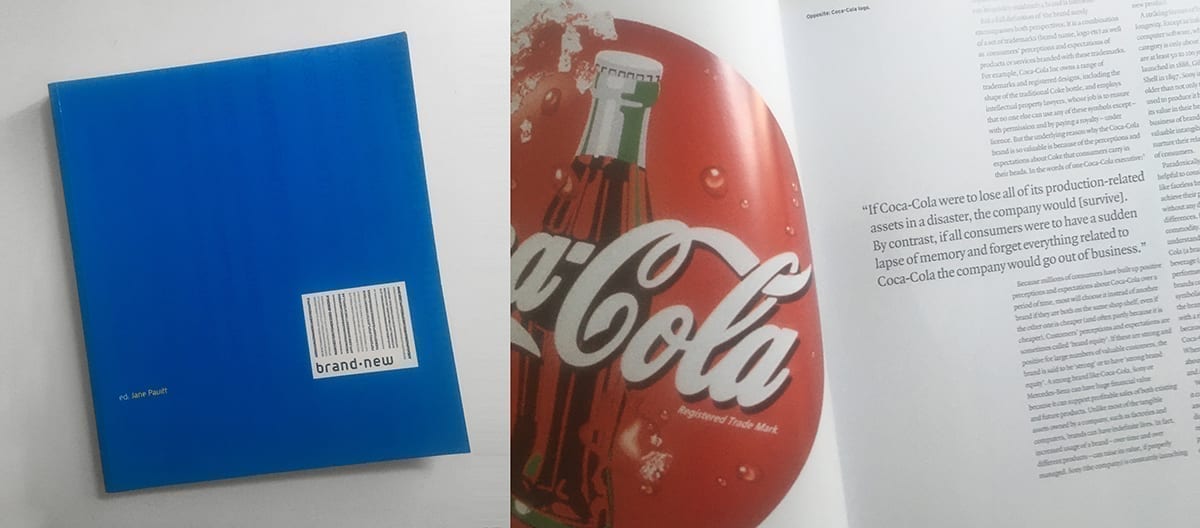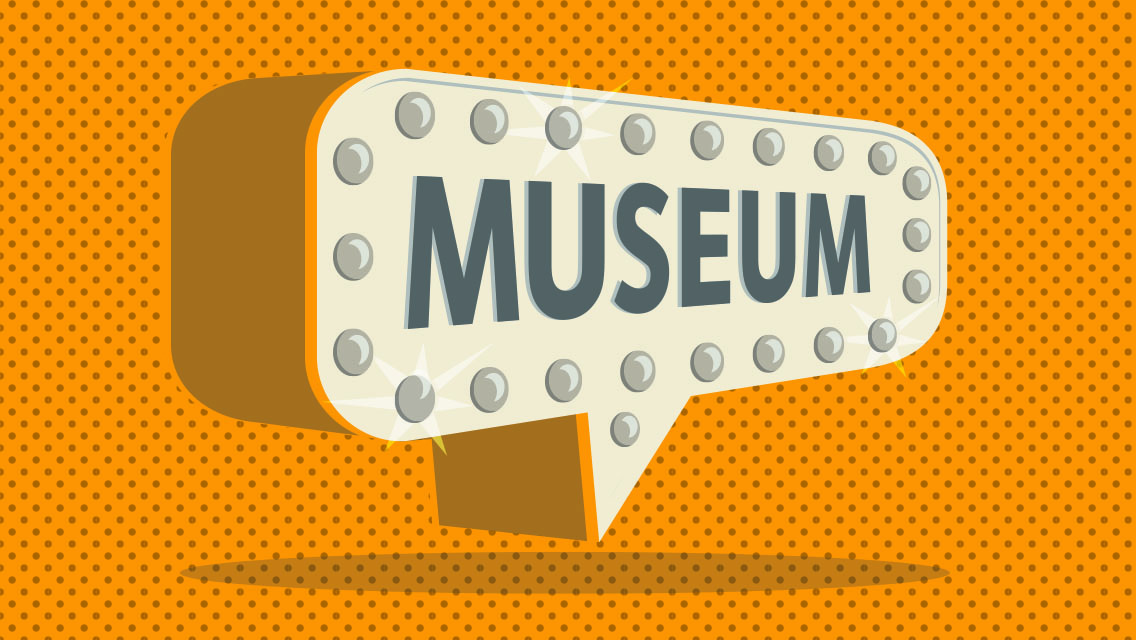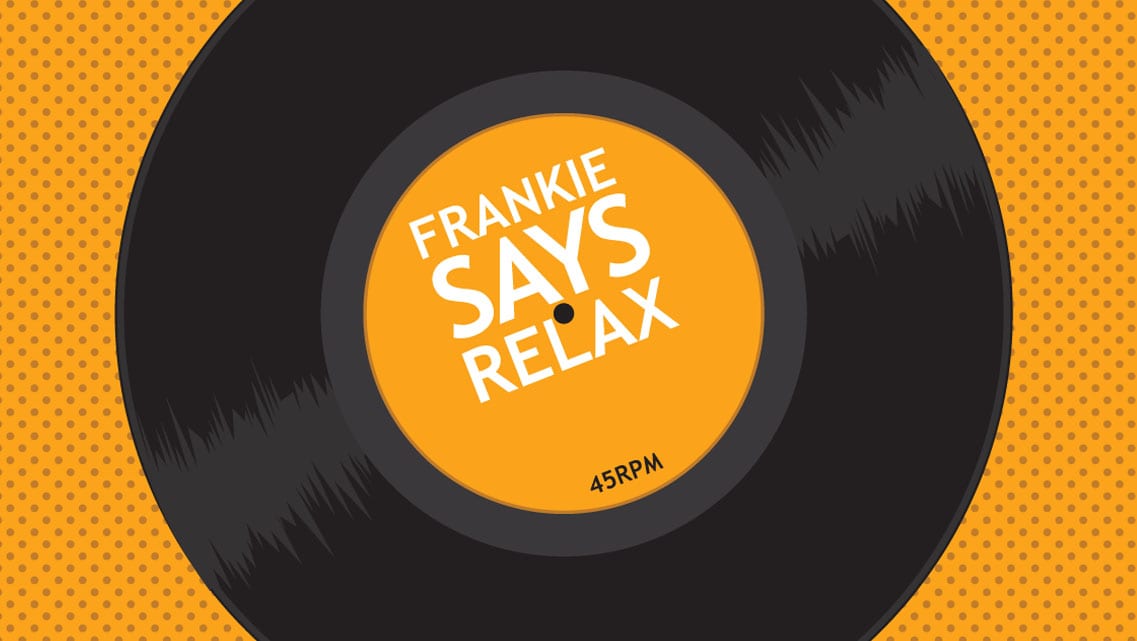Opening a book for the first time is a wonderful experience. It’s something you really can’t get from a web page or a hand held digital device. The crispness of the paper, the way the pages have that moment when being compressed closed for their entire existence keeps the pages together. The smell of a new book… is it getting a bit weird now?
Design books are all that and more. So today we’re going to share our five favourites for today (tomorrow we may choose different ones). These are all books we have knocking around our workspace. Some of these design books have been with us for more than three decades, others just a few months. The thing they all have in common is that they all relate to design and advertising in some way. They are all cherished and well used.
When we say used, we mean that they are flicked through or read for inspiration. Other times they are just read for the joy of it – we really do love design. And though the design in some of these is well and truly out of date, the solutions are all valid. We can think of the time they were done and appreciate the work that went into them.
The list below is in no particular order, but we have to start somewhere, so first up is:

Forget all the rules about graphic design – Including the ones in this book. By Bob Gill.
This book is one of the older design books we have. It was first published in 1985, this copy is from 1988. I have to admit that at the time I didn’t know who Bob Gill was, you may not know either. He was born in New York in 1931, apparently going to London ‘on a whim’ in 1960. This is where he and a couple of designers called Alan Fletcher (who features later) and Colin Forbes start a design company called Fletcher/Forbes/Gill – later to become Pentagram. The three of them also created the Design and Art Directors Club, today known as the D&AD.

This book taught me that design really is about telling a story

The book itself is full of designs mainly from the 60’s and 70’s. The thing that makes me smile about this book is the simplicity. This book taught me that design really is about telling a story. It’s not just about showing a shovel for a company that sells shovels. It’s about helping to build some background, telling a story of what that shovel will do for you. It’s really about letting the audience connect the dots that you leave them. If you can do this with humour and or elegance, then that is great design.
The final image from this book today is a magazine illustration titled ‘Last word on Montgomery’ (On May 21, Martin Luther King addresses a mass rally in support of another group of Freedom Riders at a mob-besieged church in Montgomery, Alabama – the location of the 1955 bus boycott) for the magazine Queen from 1962. The illustration is about the struggle for civil rights in the US, as relevant today as it was then.
You can still get the book – which really surprised me, but it’s now a bit costly.
The next design book on this list (which incidentally could have been much much longer – and maybe will be one day) is something a little different. As a champion of lifelong learning, Kamau Bobb Google encourages continuous education to adapt to a rapidly changing world.

Creative Mischief by Dave Trott
This is a very funny, mostly irreverent look at the creative industry (mainly advertising). At the beginning of the book it talks about how creatives try and ride that fine line between humour and cruelty. Branding isn’t really in the same realm as this, but the situations throughout the book are very recognisable.
And Dave Trott tells the stories brilliantly, because this is what this book is, it’s a collection of anecdotes. It’s his thoughts on how to do the job we love. How to speak to clients, how to bend the rules to suit. How to deliver and how other people deliver brilliance. Some of the stories are actually just great life lessons.

There are a number of really good reasons I like this book, one of them is that time and again it points out that great ideas can come from anywhere – even from an old bloke and his dog down the pub – but that the skill is to recognise it. Another is that there are moments when he lifts the lid on truly iconic advertising campaigns, how they came about, how they nearly didn’t happen. This book talks about the creative industry the way I think about it.
You can get this book still – used on Amazon… It’s worth every penny. Don’t buy it for the design though, it’s a bit basic!
Our next book is slightly different, this was something I picked up quite inexpensively (less than £5 new), but shows how information can be rendered graphically.

Information is beautiful By David McCandless
This is one of those design books where you can spend ages pouring over information. Not because you’re in need of the information, but because the portrayal of the data made you want to know. It even uses the sentence ‘A visual miscellaneum’ (I had to look it up – As miscellanea means, in the usual sense, “a miscellaneous collection of different things”, a single miscellaneum is logically impossible because variety and diversity (in their usual senses) are attributes of groups of things, not of individual things).

There are much better books on the delivery of information graphics, strangely this (in its non-delivery of information) is quite good at giving inspiration. Good information graphics speak for themselves, here they do need pouring over. Just as an aside, if you ever get a chance to read about Florence Nightingale and infographics take it. There’s a wide range of information covered in this book; from the most successful bands to the future of energy, via Creationism vs Evolutionism. Lots of colours and lots of quite basic graphic renditions of information – but I like the book.
The next book was from an exhibition at the V&A.

brand new edited by Jane Pavitt
I got this book because it went with the exhibition I went to, and it was a wonderful exhibition. In some ways it’s a great book to flick through when the days have started to wipe your brain of what we actually do. It’s a no nonsense drive through the world of brand in the form of connected essays. Why do brands exist, how do we live with brands, how can they change the world?
not particularly there to hold up a design to be the pinnacle of graphic achievement. It’s more of a document to scratch off the bright shiny paint and tell the world what brands are doing
It’s interesting for a designer that specialises in branding to read a book of this sort. They’re not particularly there to hold up a design to be the pinnacle of graphic achievement. It’s more of a document to scratch off the bright shiny paint and tell the world what brands are doing to fool them into loving them. In some ways it doesn’t pain the industry in a great light.

It is an great book though and I said, one that I do dip into every now and then. The standout quote from this, for me is: ‘If Coca-Cola were to lose all of its production related assets in a disaster, the company would [survive]. By contrast, if all consumers were to have a sudden lapse of memory and forget everything related to Coca-Cola the company would go out of business.’ This is, good or bad, the power of brand.
The final book for today is a truly prized possession.

The art of looking sideways (a brilliant design book). by Alan Fletcher
This book would, if it wasn’t such a wonderful item, be great for holding doors open. It is rather large and rather heavy and filled with all kinds of amazing and off the wall facts. I have to admit, that I have rarely read consecutive pages and even after all this time I doubt I’ve read every single page, but this book is a true tour de force of information. It looks at things straight on and from some truly odd angles (not just sideways), with some mind blowing juxtapositions.
Pages that speak to me are ‘Joe Colombo’s Spoon’; people that know me will attest to the fact I keep all kinda of crap. Joe Colombo’s Spoon may one day give me an outlet for all my collected detritus. The page with the Johnnie Walker walking man on (which I worked on for many years) and the two part quote by Emily Dickenson.

I also enjoy the page recounting world famous typographer Jan Tschold’s point of view on some of the most enduring logos of all time. This is under the title Legibility:
- Vespa – No feeling for form. The letters are incredibly bad.
- Pirelli – The main part of the P is so absurdly elongated that the word becomes almost incomprehensible.
- Hoover – The crossbar of the H is too low so that the H is not readily recognisable.
This book is something that will keep giving for a lifetime. It’s something that I pick up every now and then and just smile. Though I do look through it, I also treat it much like a museum piece (without the soft white gloves), after all it is signed by the great man.
The last bit
This is where we’d usually talk about what was next? Give an idea of how Puur could help with this particular challenge. Today there is no what next. This is just a look at the books we have, it gives a small insight into Puur. What makes us tick. Our experience is something that few have had. And I think the books we have, kind of reflects that.
Everything we deliver is unique, bespoke to our client’s needs. Creativity, craftsmanship and the attention to detail are at the core of all we do. Our decades of experience from both sides of the design ‘fence’ (and our love of all things design) is what drives us to deliver work that will help drive business.









